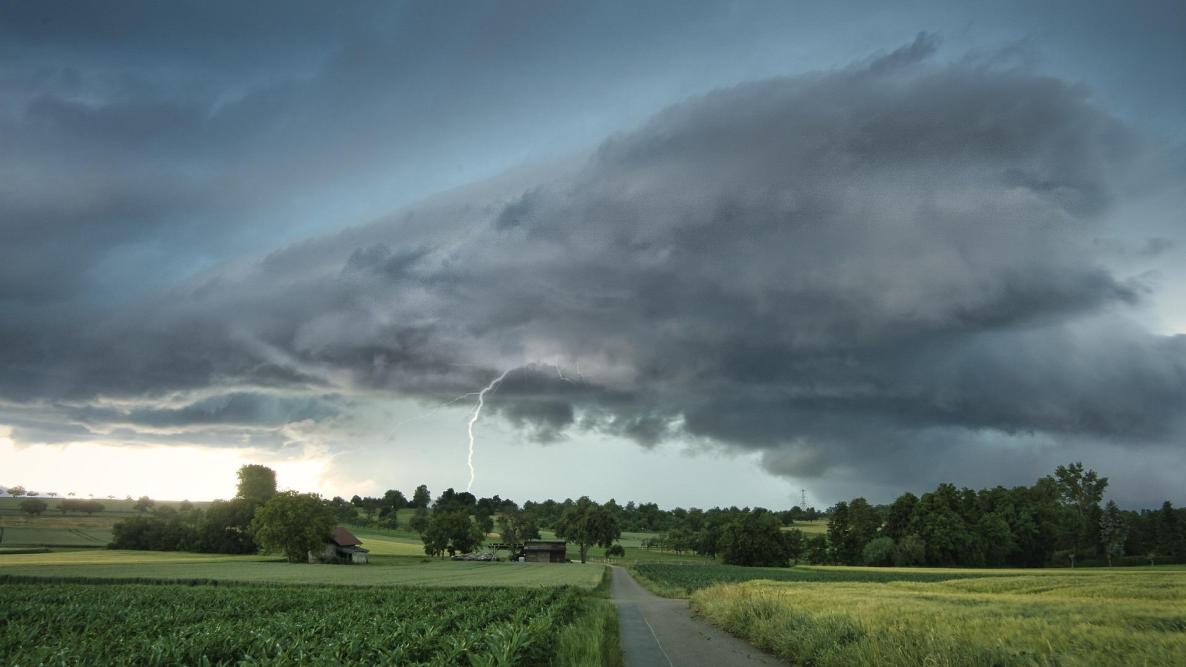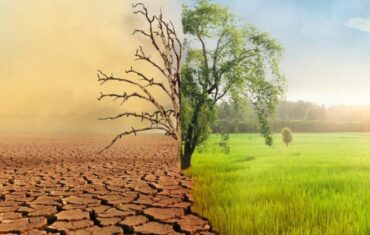Located on the banks of the Zambezi River, this vibrant town is known for its proximity to the magnificent Victoria Falls, one of the Seven Natural Wonders of the World. When planning a trip to Livingstone, it is important to consider the weather patterns in order to make the most of your visit.
Livingstone experiences a tropical climate, characterized by distinct wet and dry seasons. The wet season typically runs from November to April, while the dry season lasts from May to October. Each season offers a unique experience for visitors.
During the wet season, Livingstone receives heavy rainfall, which can result in lush green landscapes and vibrant flora. The Zambezi River is at its peak during this time, making it an ideal period for water-based activities such as white-water rafting, canoeing, and river cruises. However, it is important to note that some activities, such as bungee jumping and microlight flights, may be affected by the weather conditions.
The dry season in Livingstone is characterized by warm temperatures and clear skies. This is the best time to visit if you are interested in wildlife viewing, as animals tend to congregate around water sources. The lower water levels also provide an opportunity to explore the Victoria Falls on foot, as the spray is less intense. Additionally, this is a great time for activities such as game drives, walking safaris, and helicopter flights.
It is worth mentioning that Livingstone can get quite hot during the dry season, with temperatures often exceeding 30 degrees Celsius (86 degrees Fahrenheit). It is advisable to pack lightweight and breathable clothing, as well as sunscreen and a hat to protect yourself from the sun.
Regardless of the season, Livingstone offers a range of activities and attractions that cater to all interests. From adrenaline-pumping adventures to serene wildlife encounters, this town has something for everyone. By considering the weather patterns and planning accordingly, you can ensure a memorable and enjoyable visit to Livingstone, Zambia.




